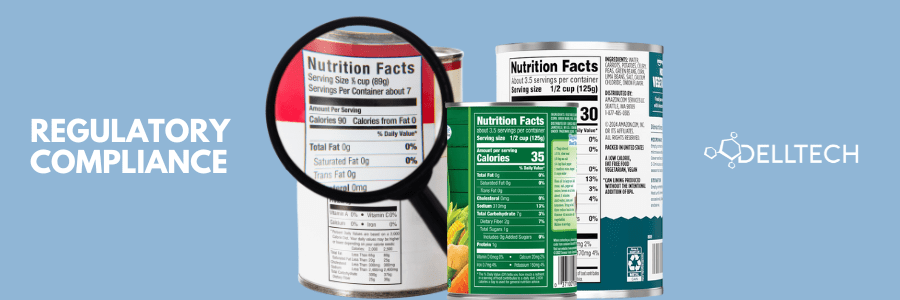By: Joanna Chudyk, SENIOR REGULATORY SPECIALIST, email
When you read the word “food”, what comes to mind? What about “Natural Health Product (NHP)”? For food it is likely you pictured a snack or meal, such as an apple, granola bar, or turkey dinner. The term NHP probably brought to mind a capsule or tablet. However, the difference isn’t always as self-evident. Consider gummy bear candies and multivitamin gummies without any packaging or labels; would you be able to tell the difference between these two items?
[INSERT_ELEMENTOR id=5883]
Classifying products at the food-NHP interface can be the most challenging step when selling a product in Canada. It is not only important that this classification is done correctly but that the corresponding regulatory requirements are followed. For example, if you are planning to market your product as an NHP you need to ensure it is registered with the Natural Health Product Directorate. Alternatively, if the product has been classified as a food, no pre-approval is required but you must ensure to comply with all food regulatory requirements.
There are general guidelines and rules to assist you in classifying your product; the most significant are product composition, format, representation, and public perception. The composition considers each ingredient in the product; not all food ingredients can be added to NHPs, and not all NHP ingredients are acceptable in foods. Reviewing the formula for ingredient acceptability in both categories can provide you with a concrete classification. However, if all ingredients are found to be acceptable in either category then the next step is to look at the product format; is it a capsule, powder, or snack bar? Some product formats can more obviously steer towards a classification but this is not always the case. Let’s go back to the original example of the gummy bears. What would be the next step towards classification if the line between food and NHP is still blurry?
Representation of the product and public perception can both work as the final deciding factor. Is the product marketed for the way it tastes or satisfies hunger? If so, then the product will likely be a food. If there are complex claims you wish to make for the product then the product would likely be better off marketed as an NHP.
There are many other considerations to be made when working with a product at the NHP-Food interface, and there may not be a clear-cut answer at the end of the review. If you need advice on how to proceed with your product, contact one of our consultants today!
Dell Tech has provided professional, confidential consulting services to the specialty chemical
industry in Canada, the USA, Europe, and Asia for the last 40 years.
[INSERT_ELEMENTOR id=5705]





